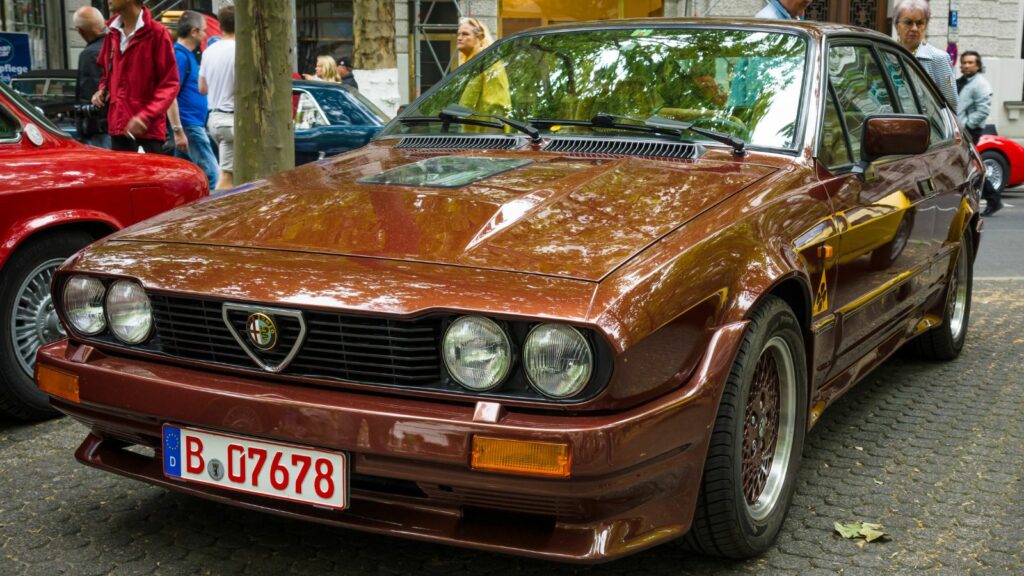Classic cars, often considered timeless icons of automotive history, evoke a sense of nostalgia and admiration among car enthusiasts and the general public. Despite the advances in technology and design that characterize modern vehicles, classic cars hold a unique charm that many argue cannot be replicated by their contemporary counterparts. This article explores 15 reasons why classic cars are deemed superior to modern models.
Design Aesthetics

Classic cars boast distinctive and elegant designs that stand out in a crowd. Unlike modern cars, which often follow similar aerodynamic shapes for efficiency, classic cars feature unique and diverse body styles, reflecting their time’s artistic vision and craftsmanship. The flowing lines, chrome accents, and detailed grilles of classic vehicles highlight an era when car design was a true art form.
Craftsmanship and Build Quality

The craftsmanship in classic vehicles is often unparalleled. Hand-built with precision, these cars were constructed using high-quality materials like solid steel and genuine leather, ensuring durability and longevity. Modern cars, by contrast, are predominantly made with cost-effective materials such as plastic and aluminum, which can compromise long-term robustness.
Simplicity in Engineering
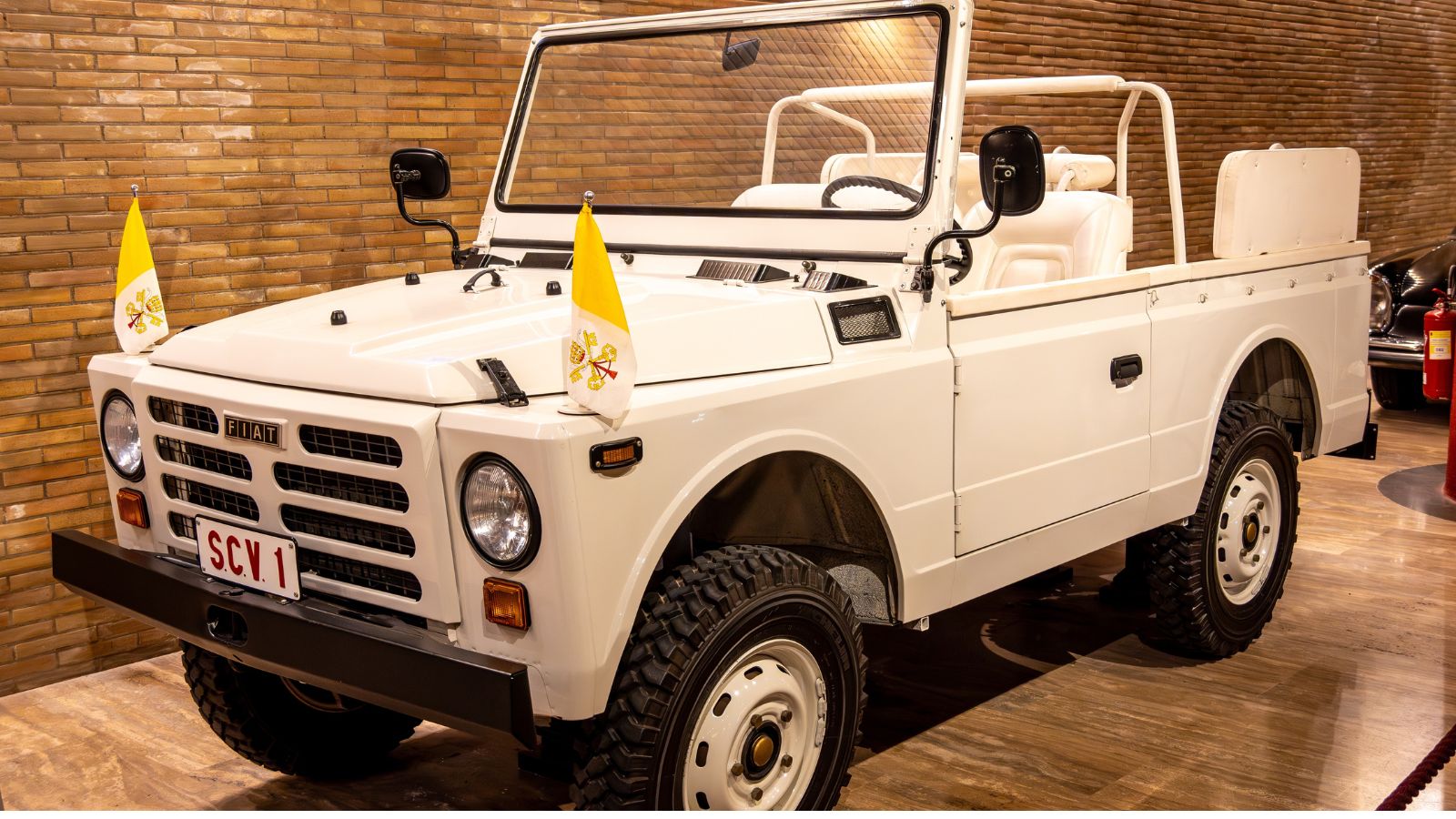
The classics are celebrated for their straightforward engineering. They feature mechanical systems that are easier to understand, maintain, and repair. This simplicity means fewer electronic components that can fail, making classic cars more reliable in some respects and more accessible for do-it-yourself enthusiasts.
Driving Experience
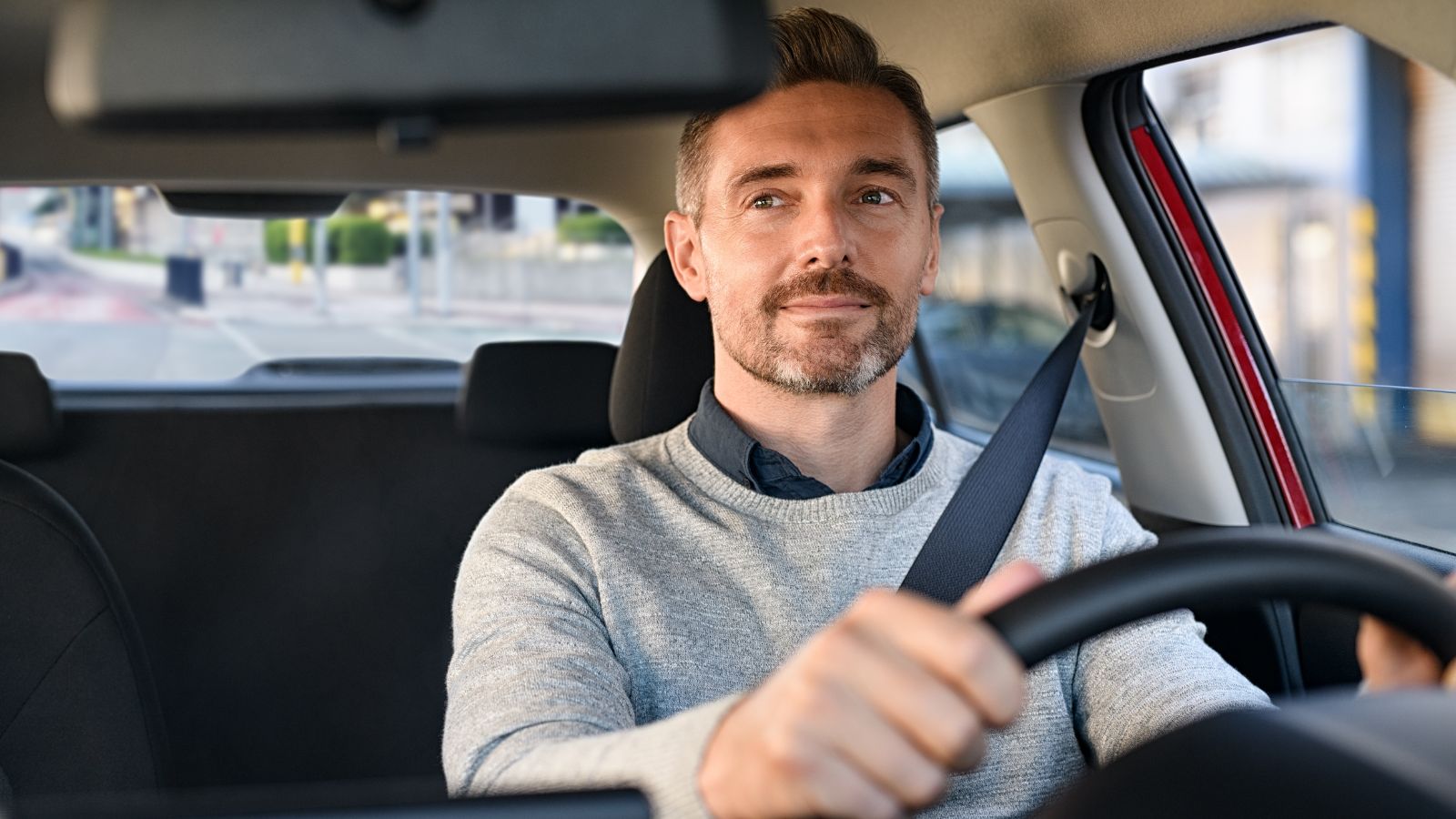
The driving experience in a classic car is markedly different from that of a modern vehicle. These cars offer a raw and engaging driving experience, free from the electronic aids and automated systems that dominate modern cars. This connection to the vehicle provides a sense of control and involvement that many drivers find exhilarating.
Historical Value
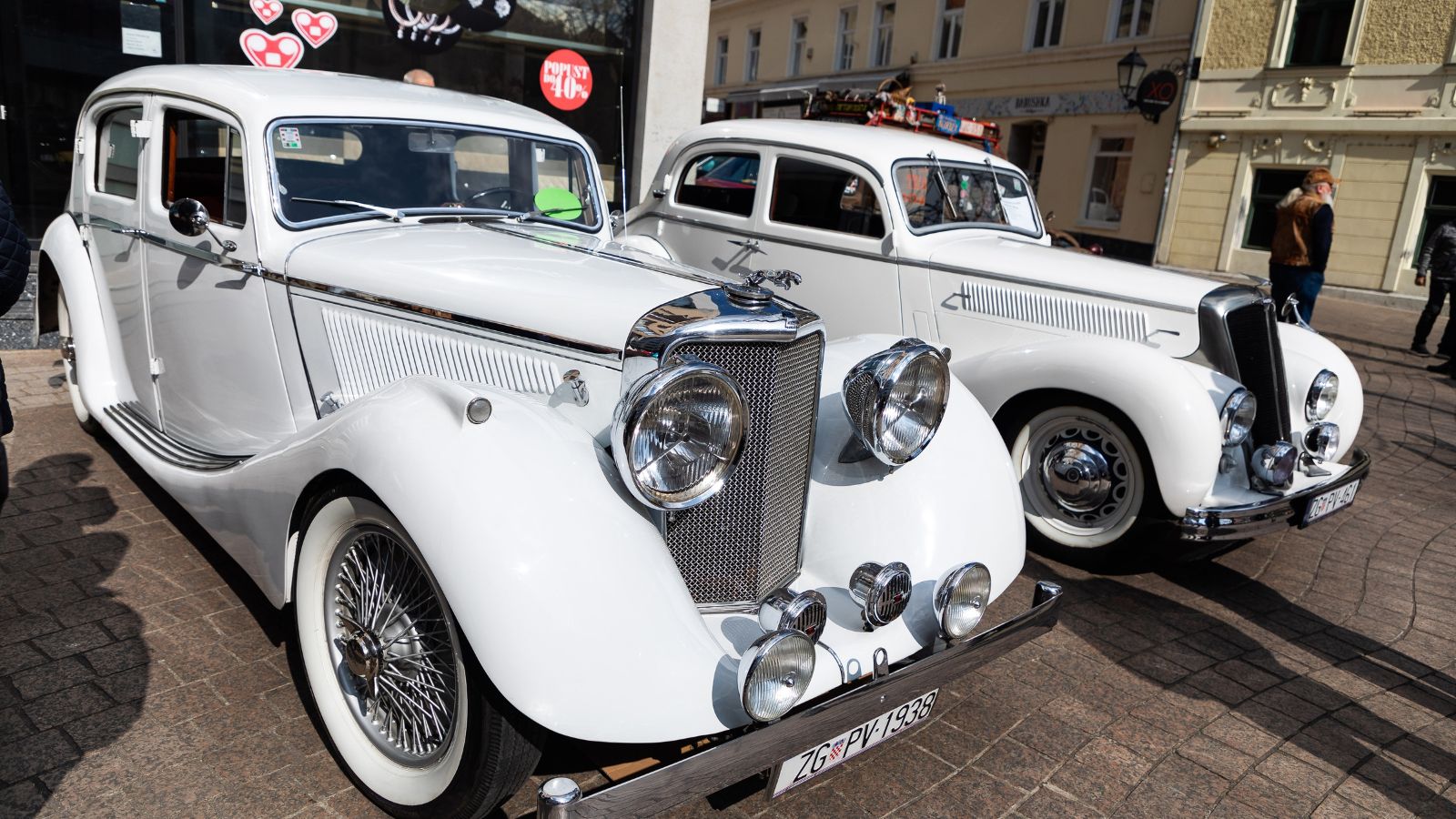
Vintage cars carry historical significance that modern vehicles cannot match. They represent specific eras in automotive history, reflecting their time’s technological advancements and cultural trends. Owning a classic car is like owning a piece of history, complete with stories and heritage that add to its value and allure.
Investment Potential
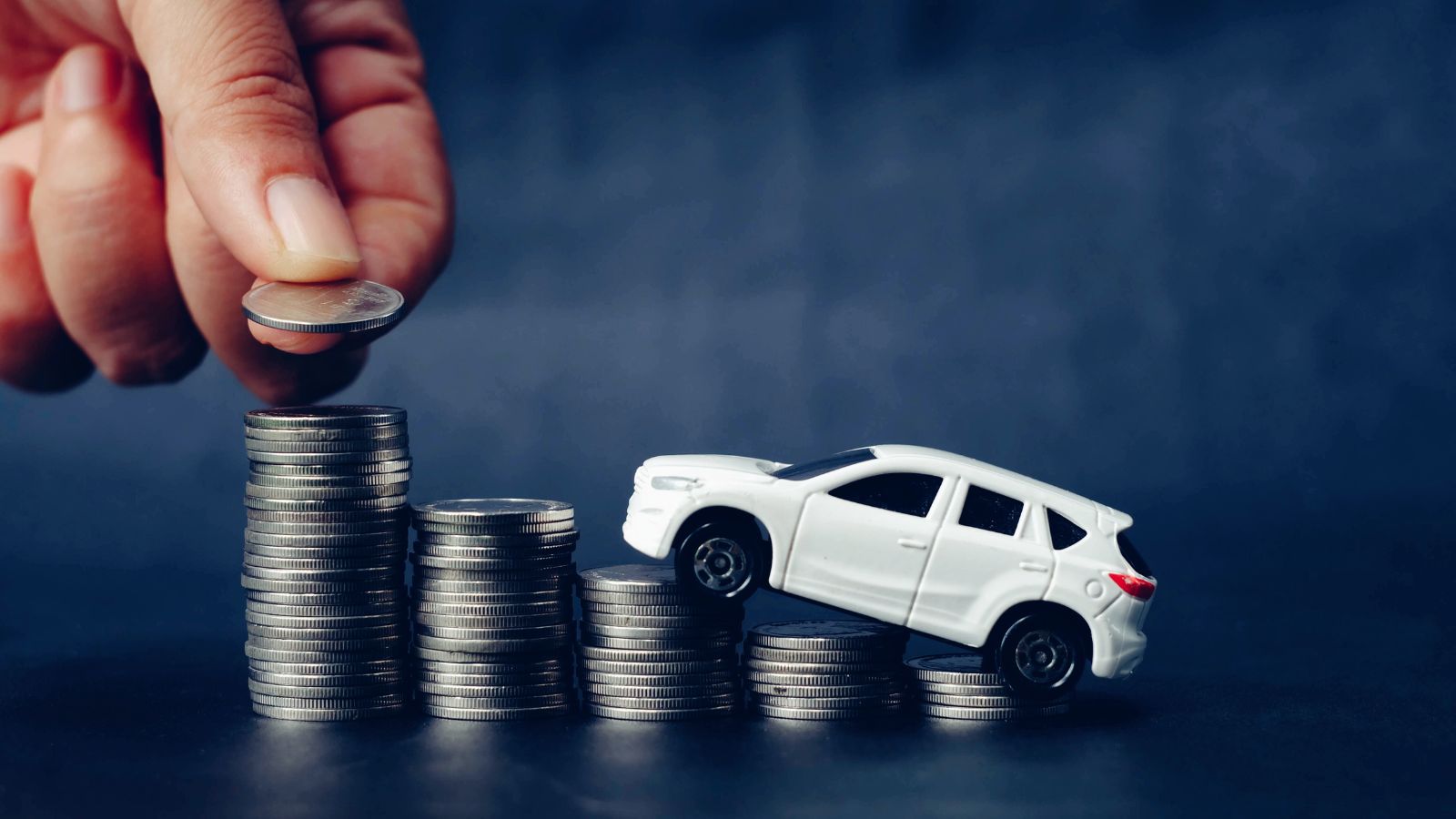
Classic cars often appreciate over time, making them attractive investments. According to Knight Frank’s Wealth Report, classic cars have appreciated by an average of 193% over the past decade, significantly exceeding returns from stocks and bonds. Rarity, historical significance, and cultural appeal drive demand making specific models, like the Ferrari 250 GTO, attain astronomical values—recently selling for over $48 million. Investors are drawn to these vehicles for their aesthetic charm and as tangible assets that can diversify investment portfolios.
Customization and Modification
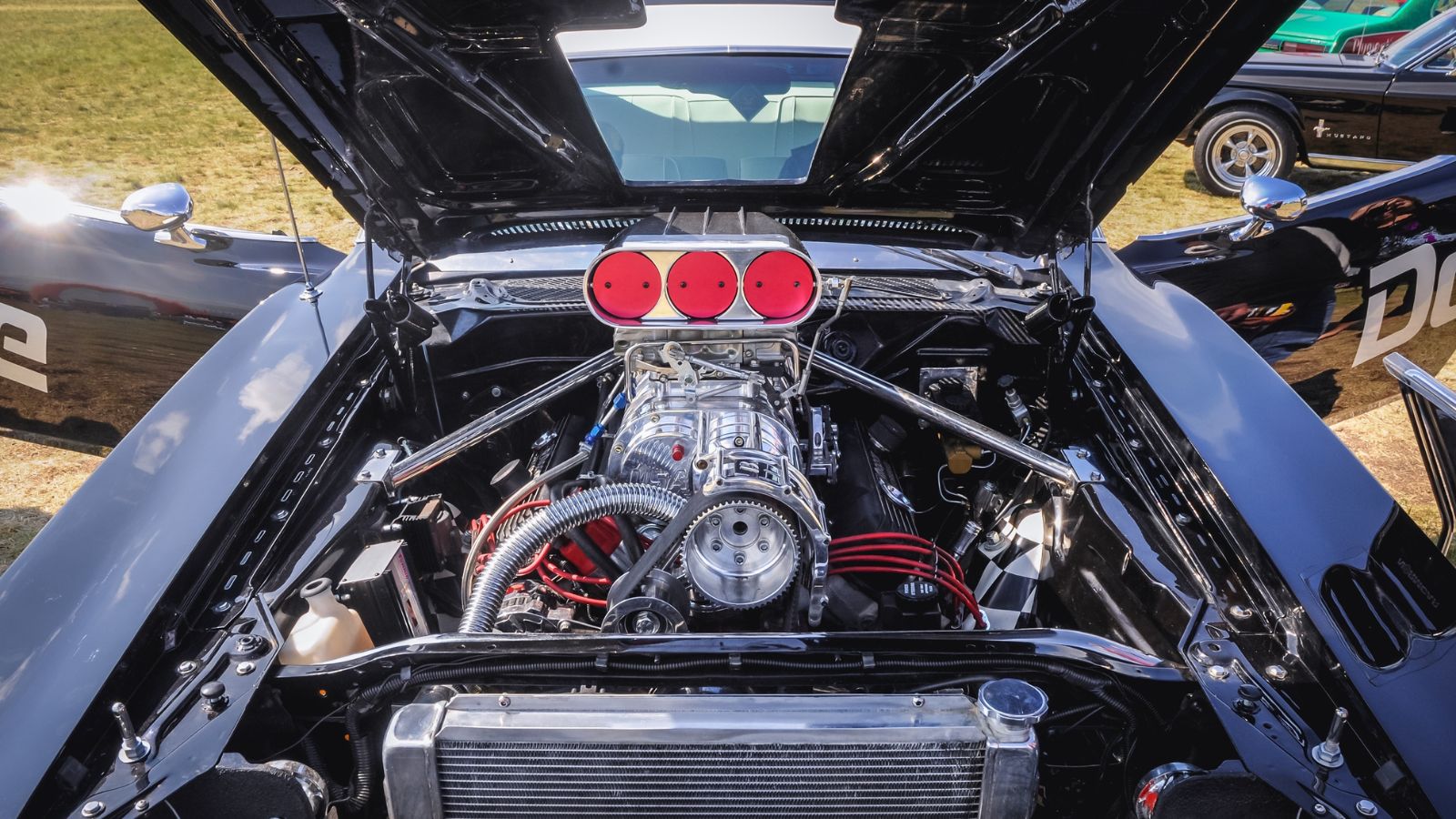
Another reason classic cars are favored is their customization possibilities. Owners can personalize their vehicles to reflect their tastes and preferences without the constraints of modern car electronics and computer systems. This allows for multiple modifications, from engine upgrades to aesthetic enhancements, creating a unique and personalized driving machine.
Unique Driving Dynamics
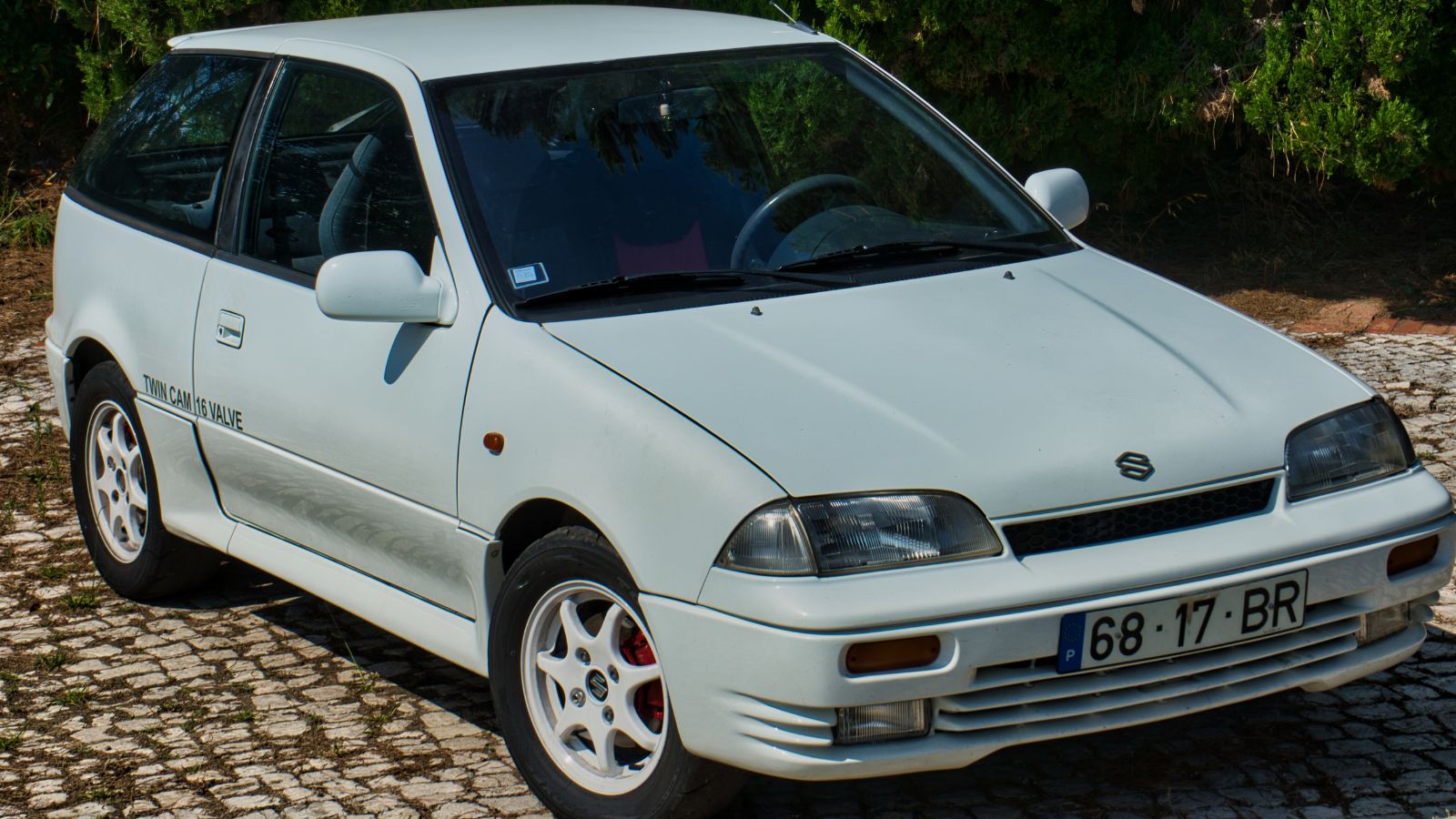
Classic cars often feature unique driving dynamics that differ significantly from modern cars. Classic cars offer a more visceral and engaging driving experience without modern suspension systems and electronic stability controls. The direct steering, manual transmissions, and robust engines provide driver involvement that many enthusiasts find deeply satisfying.
Community and Culture

The classic car community is a vibrant and passionate group of enthusiasts who share a love for vintage automobiles. Car shows, rallies, and clubs allow like-minded individuals to connect, share knowledge, and celebrate their interests. This sense of community and culture is a significant part of the classic car experience, fostering friendships and camaraderie.
Sustainability and Environmental Impact
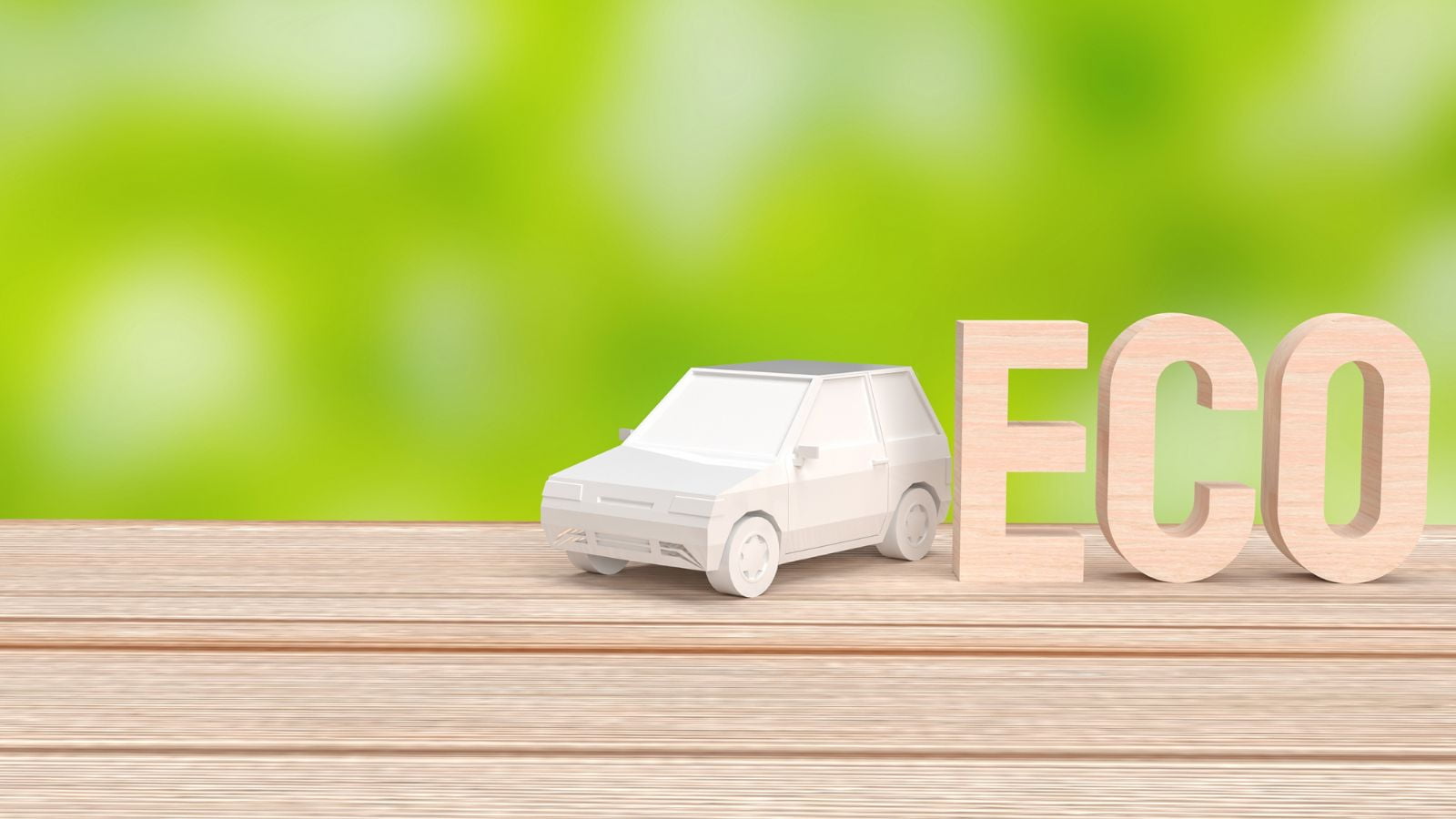
While it may seem counterintuitive, antique or classic cars can be more sustainable than modern cars in specific contexts. The longevity of these classics means they stay on the road for decades, reducing the need for frequent new vehicle manufacturing. Furthermore, many such car owners maintain and restore their vehicles using recycled parts, contributing to a more sustainable automotive ecosystem.
Less Depreciation

Classic cars generally experience less depreciation than modern cars. While new cars lose a significant portion of their value within the first few years, classic cars retain or even increase their value over time. This stability makes them attractive for those looking to preserve their investment.
Emotional Connection
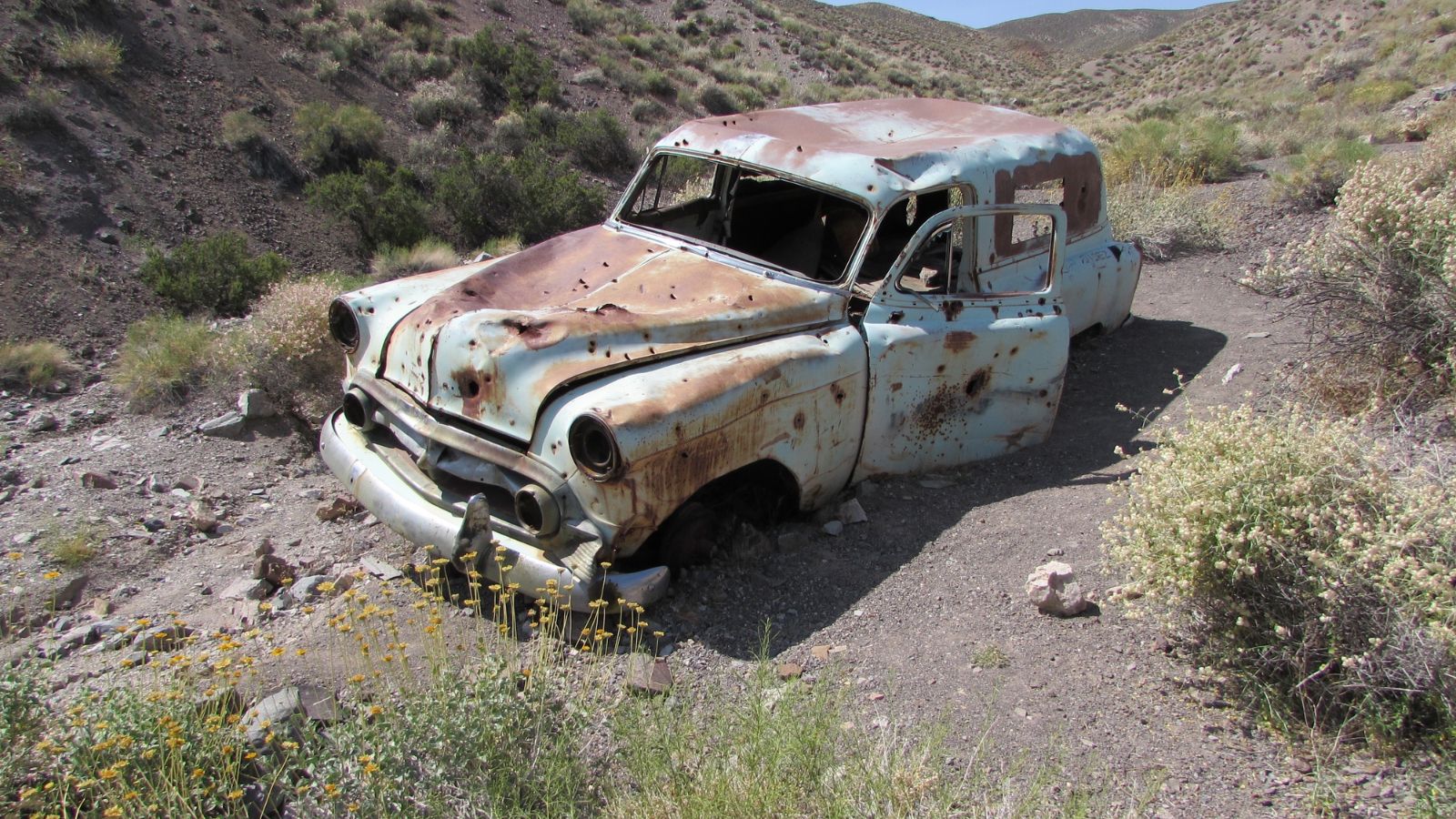
Owners of Vintage classic cars often develop a deep emotional connection with their vehicles. These cars are seen as more than just transportation; they are cherished possessions with sentimental value. The stories behind their acquisition, restoration, and the memories made with them contribute to a bond that is hard to replicate with modern cars.
Simplicity in Maintenance
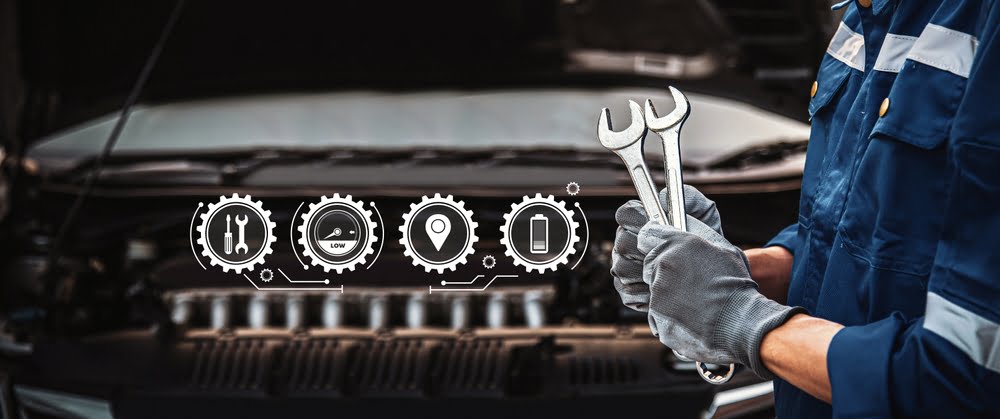
Maintaining a classic vehicle can be simpler and more rewarding than dealing with the complex systems of modern vehicles. With fewer electronic components and a greater emphasis on mechanical parts, timeless cars allow owners to perform more maintenance and repairs. This hands-on approach saves money and deepens the owner’s relationship with their car.
Timeless Appeal
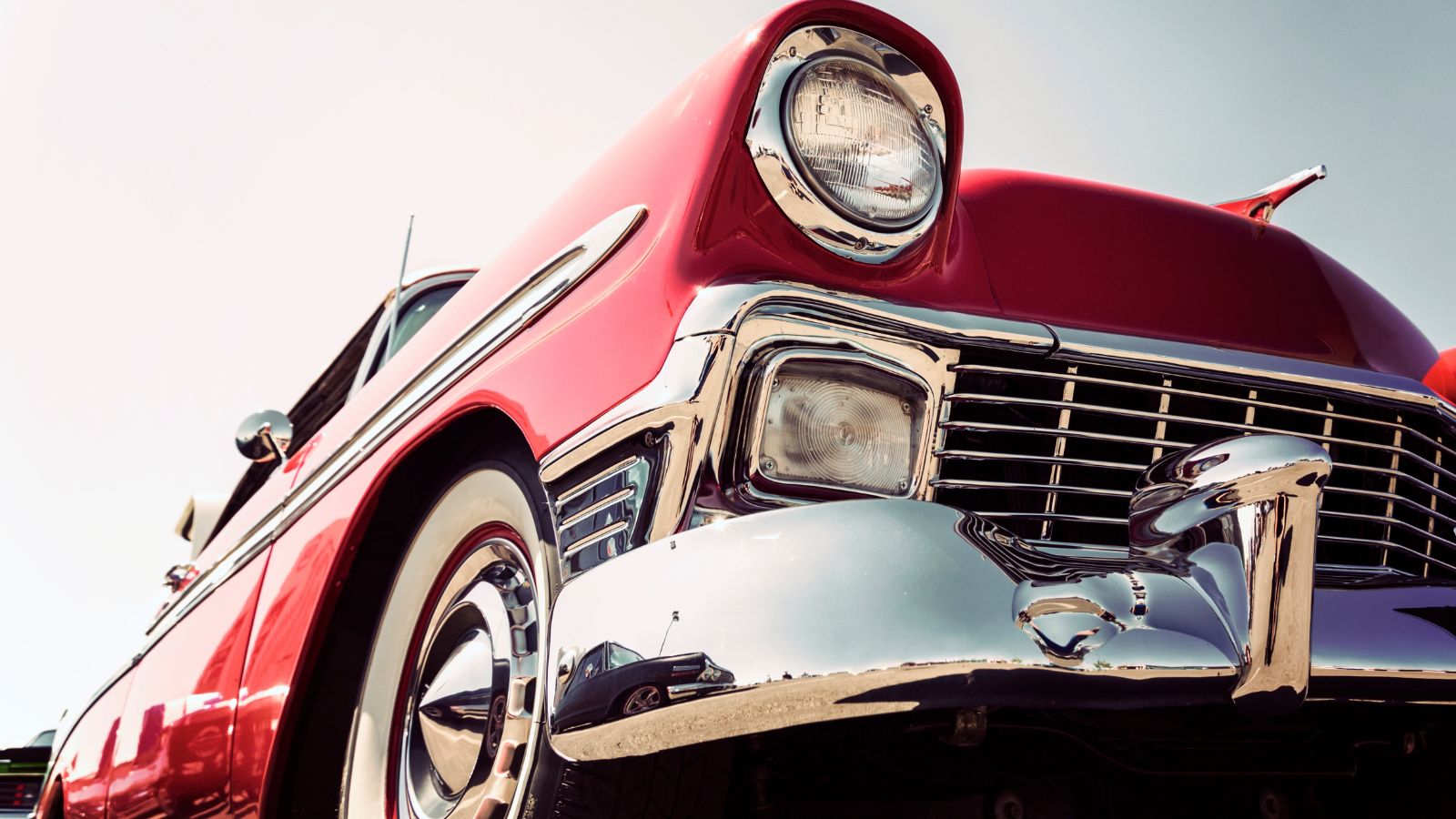
Classic vehicles hold a timeless appeal, captivating enthusiasts with their unique blend of history, craftsmanship, and nostalgia. These vehicles, typically over 20 years old, often feature distinctive designs and meticulous detailing that modern cars need to include. For instance, the 1960s Ford Mustang and the 1957 Chevrolet Bel Air remain iconic symbols of automotive innovation. Their enduring beauty and charm continue to captivate new generations of car enthusiasts. This timelessness ensures that classic cars remain relevant and admired, regardless of the era.
Cultural and Cinematic Influence

Cars, especially classics, have always left an indelible mark on culture and cinema, symbolizing freedom, status, and nostalgia. The Ford Mustang, introduced in 1964, became an icon of American muscle cars, epitomized in films like “Bullitt” (1968) with its legendary chase scene. The DeLorean DMC-12, despite its brief production run, achieved cult status thanks to “Back to the Future” (1985), where it was transformed into a time machine. James Bond’s association with the Aston Martin DB5, starting with “Goldfinger” (1964), cemented the car’s place as a symbol of sophistication and British engineering. The cultural significance of classic cars adds another layer to their appeal, making them symbols of style, freedom, and adventure.
14 Cars with a Reputation for Running Forever and Why They Outperform the Rest
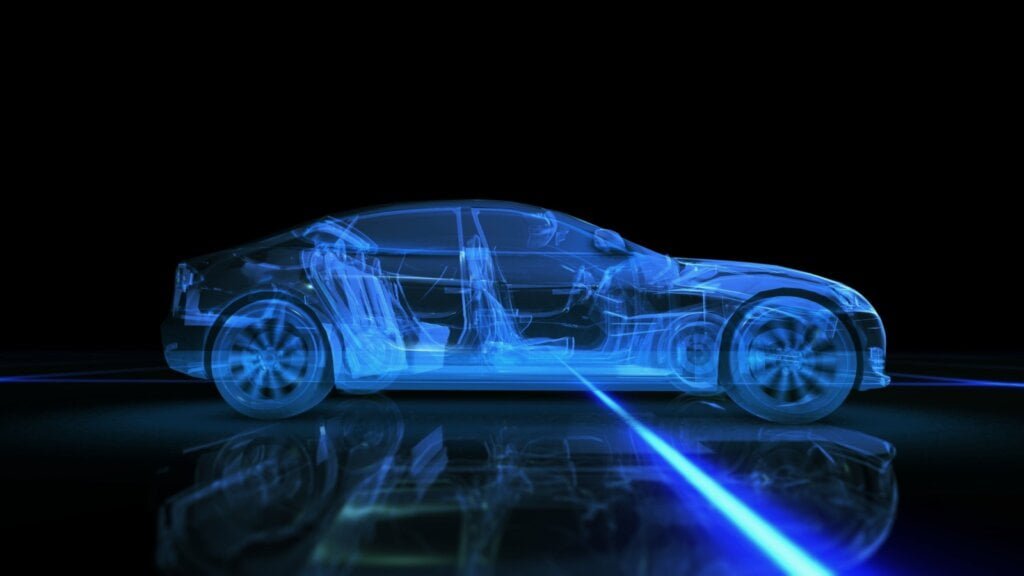
In the dynamic world of automobiles, some cars stand out for their remarkable longevity and enduring performance. These road warriors have earned a reputation for running seemingly forever, outpacing their counterparts. This article will explore 14 such vehicles and the reasons behind their legendary durability.
14 Cars With A Reputation For Running Forever And Why They Outperform The Rest
